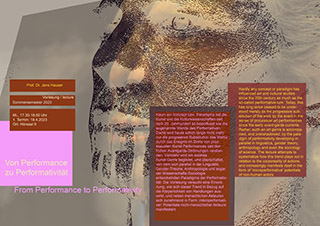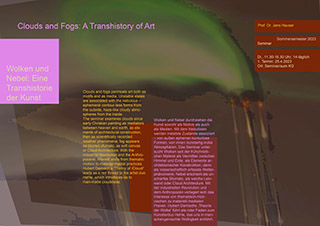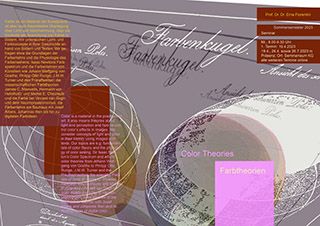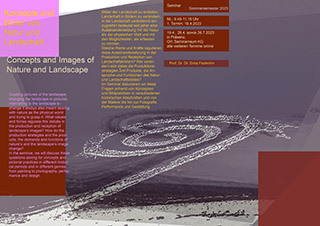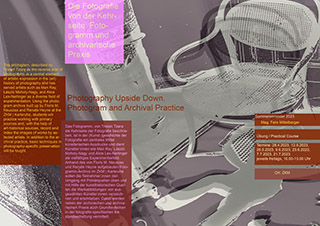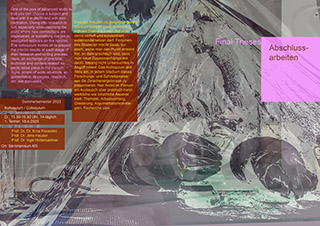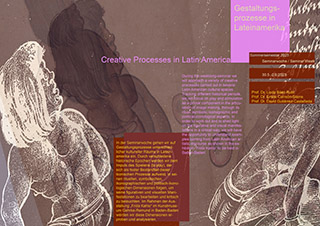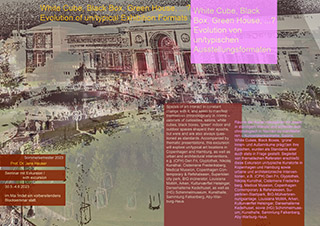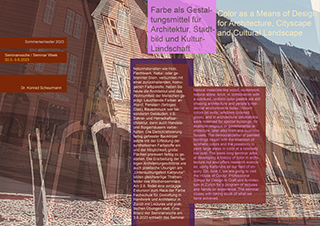Kolloquium Abschlussarbeiten | Colloquium Final Theses
Prof. Dr. Inge Hinterwaldner
Apl. Prof. Dr. Dr. Erna Fiorentini
Prof. Dr. Jens Hauser
Dienstag, 11.30 - 15.30 Uhr (1 Stunde Paues)
14-tägig,
1. Termin: 18.4.2023
Seminarraum Kunstgeschichte
Eine der Freuden fortgeschrittenen Studium besteht darin, dass man sich ein Thema suchen und sich damit vertieft und konzentriert auseinandersetzen darf. Forschendes Studieren macht Spaß, vor allem, wenn man den Punkt erreicht hat, an dem ersichtlich wird, dass man neue Zusammenhänge entdeckt, bislang nicht Untersuchtes in Angriff nimmt. Das Kolloquium lädt dazu ein, in jedem Stadium dieses Forschungs- und Schreibprozesses die Zwischenergebnisse zu präsentieren. Hier findet im Plenum ein Austausch über praktisch-handwerkliche wie inhaltliche Aspekte statt: Thematik, Arbeitsumfang, Gliederung, Argumentationsstrategien, Recherche usw.
One of the joys of advanced study is that you can choose a subject and deal with it in depth and with concentration. Diving into research is fun, especially when reaching the point where new connections are discovered, or something not yet investigated appears on the horizon. The colloquium invites all to present the interim results at each stage of their research and writing process. Here, an exchange of practical, technical and content-related aspects takes place in the plenum: Topic, scope of work, structure, argumentation strategies, research, etc. are discussed.

